29 September – 02 October 2022
Random Thoughts
Paper In Britain paper money has a plastic coating, unlike in the European Union. French paper napkins are large, luxurious, and sturdy. British paper napkins are thin and small. Conversely, French toilet paper is light and delicate, and in Britain it is heavy and sturdy. We do not know what this reflects of each country’s culinary or digestive characteristics.
Pub Food We have eaten good food at quite a few pubs, but noted that the menus can be similar. We spotted the “Nourish Bowl” (all veggies) on several menus, and Bonnie sometimes spotted her new favorite dessert—an amazing vegan cheese cakey thing with caramel sauce. With some investigation, Bonnie discovered that several companies own the majority of pubs in London. They probably mass produce food or its components in central kitchens.
Posh Pubs A lot of pubs are festooned outside with banks of flowers. Robert asked a British couple we met during lunch about it and learned that the pubs with flowers are the posh pubs. During this conversation, there was a football match on several large screens. The pub, although full on Sunday afternoon, was pretty quiet until a goal was scored. He learned from our new friends that this pub was not a true sports pub where they carouse and sing throughout the match. Our posh pub was filled with weekend sports fans—not true football fans.
Baking and Seeing In Paris you were always within crossaint’s throw of a boulangerie patisserie. Baked goods everywhere. In London not so much. You do find cafes with a variety of baked goods. Also, if you want to shop for trendy eyeglasses, do that in Paris. London has a few eyeglass shops but can’t hold a candle to Paris.
Porta Potties We see a lot of remodeling going on in our Notting Hill and Kennsington neighborhoods. But where are all the portapotties? A mystery to be solved.
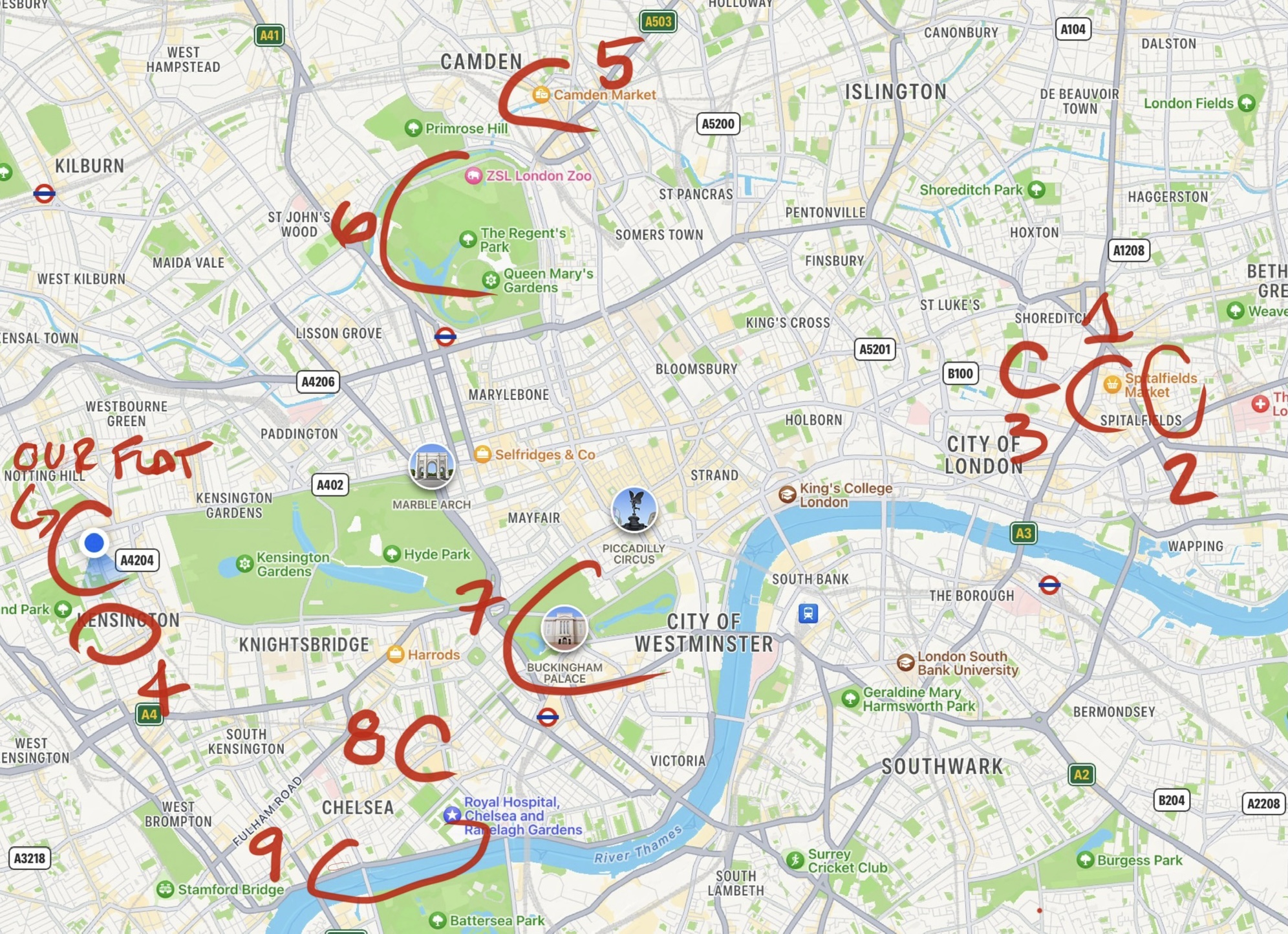
7 St. James’s Park, 8 Saatchi Gallery, 9 Chelsea Embankment
Old Spitalfields Market
We set out from our neighborhood tube station, Notting Hill Gate, to see Old Spitafields Market in East London. Centuries old (350 years to be exact), the market went through a modernization within the historic sheds about fifteen years ago. Nicely integrated old with new.











A word about Guinness
When Robert lived here in the 1970s, he gained twenty pounds in large part because of his fondness for Guinness. Three pints was his limit. Because Guinness has nutritional value, back then the elderly could use their government coupons to purchase it.

A Posh Pub
Brick Lane
A graffiti destination a short walk from Old Spitalfields Market. Brick Lane is now the heart of London’s Bangladeshi community. It has hosted waves of immigrants for centuries, notably French Huguenots and Jews. Close to the Whitechapel Gallery. But little less graffiti on the street than we hoped to see.




The Gherkin
We had to see the Gherkin, the 180-meter-tall ”pickle-esque” tower in London’s financial district. Designed by Sir Norman Foster, it opened in 2004. Of all the towers we have seen here, this is the best. (We have yet to get a close up view of the Shard designed by Renzo Piano.) The Gherkin sits on a small spot sandwiched between other towers in The City, close to Lloyd’s of London. It works well as an icon viewed from a distance. But it is also elegant at close range. Worth the trek to see it.


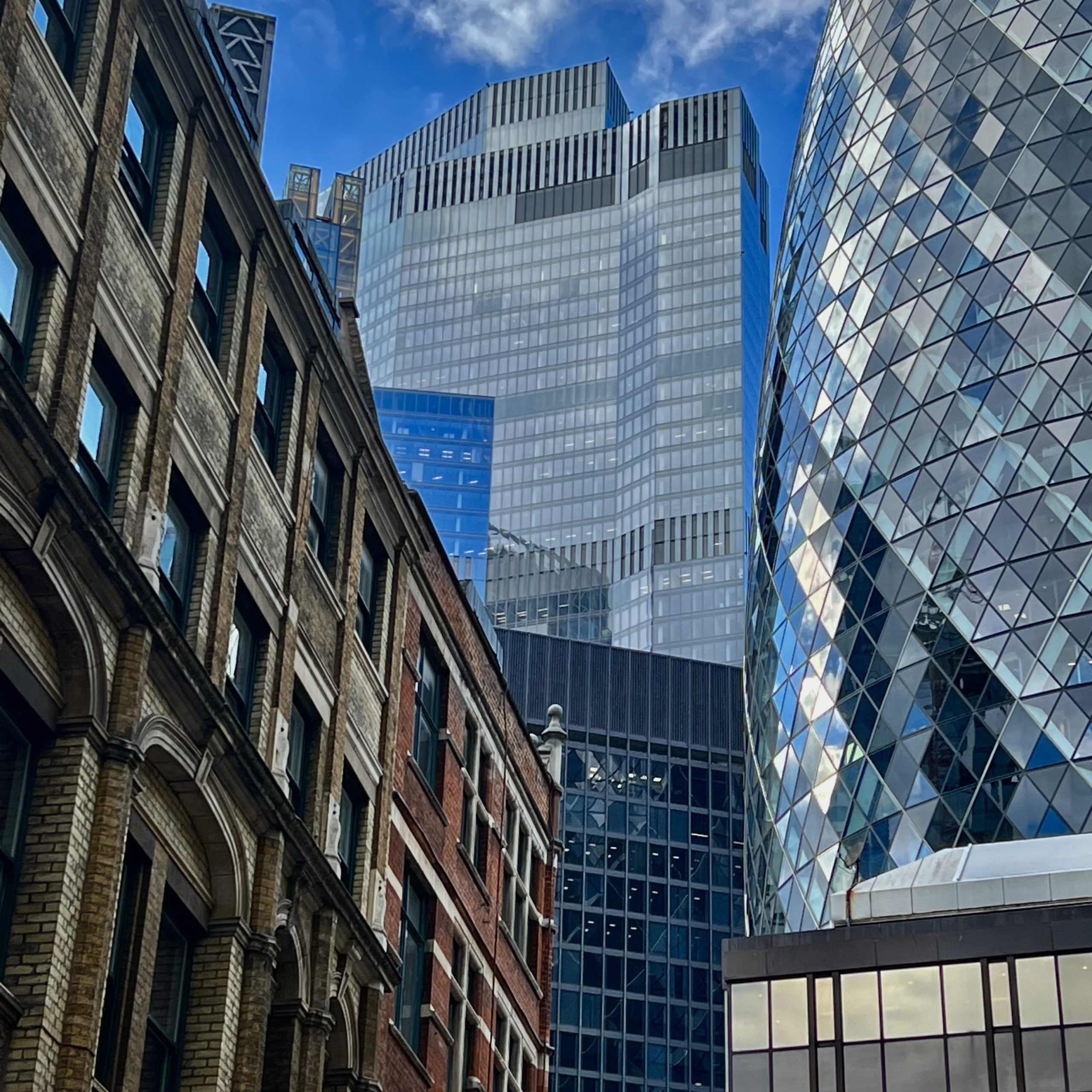



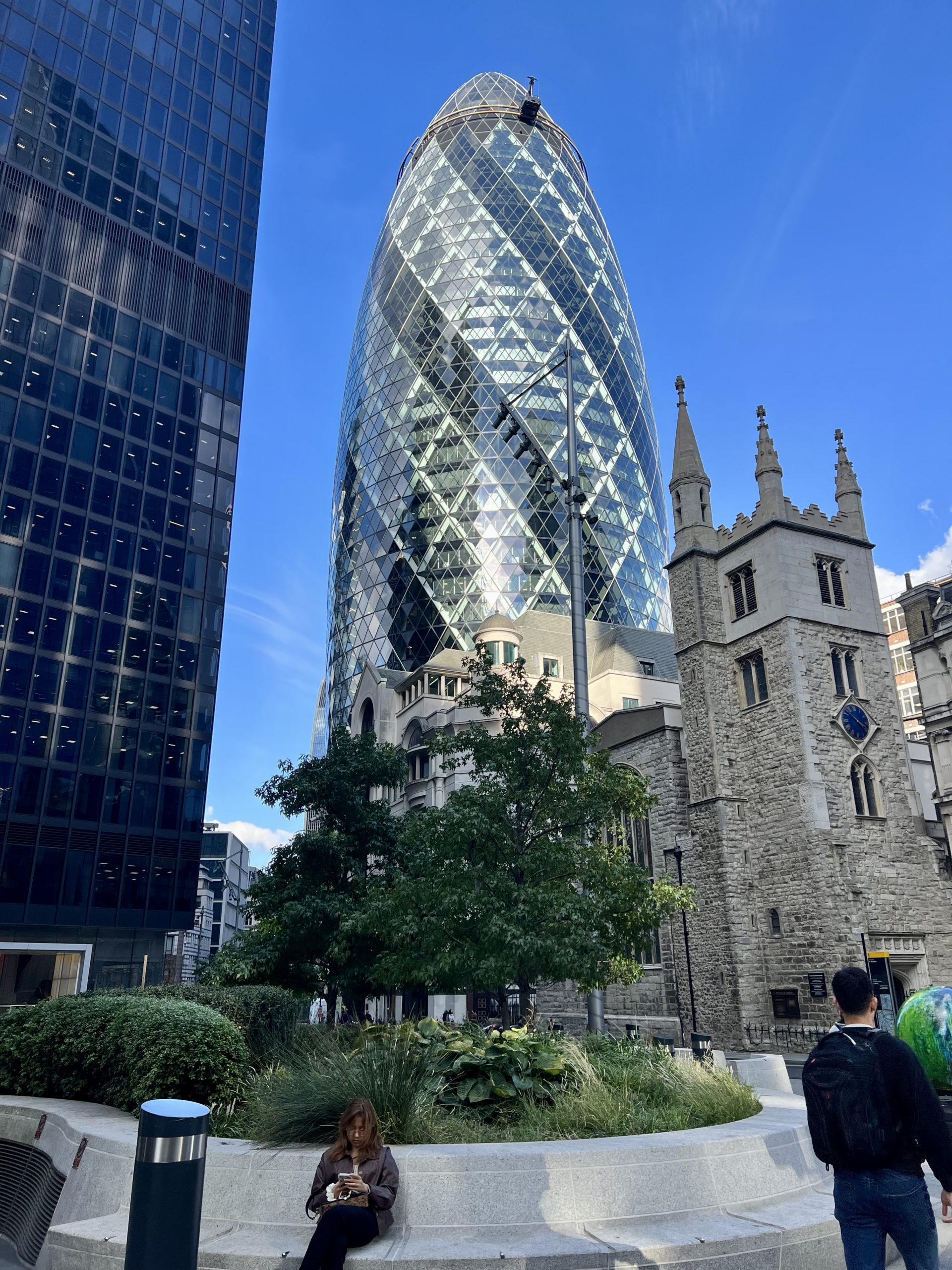
Walking to the tube, returning to our flat


30 September 2022
Lazy day for Robert. Bonnie worked on hotel reservations for several cities in Italy, and we visited the Design Museum nearby. It once again got a chilly with light showers. We decided to stay in the flat for the rest of the day. Bonnie (and Robert) need their rest now and then.


They flash when the alarm systems are active. A great heads up to potential burglars when they aren’t flashing.


01 October 2022
Camden Lock Market
Another Richard Loyd recommendation. He gets around! Besides knowing Camden Ale and Camden Pale Ale, Robert and Bonnie had no idea what to expect here. Camden Town is in northwest London, and its historic importance came from the canals. Goods arrived here by rail from throughout England, were transferred into warehouses, and then were distributed throughout London by barges using the canals. When containerization and trucking replaced this system in the 1950s and 60s, the area was derelict and was slated for demolition and renewal. But demolition was successfully blocked by several people who saw potential in the old buildings as a crafts market. The market was wildly successful from the start in 1970. When we arrived on Saturday, the crowds were daunting. Like Haight Street on steroids. Unfortunately, the area has been overtaken by touristy shops and food stalls. A bit too much.
The touristy stuff was not our real destination. Richard told us to walk along the canals on paths once used by horses to tow barges but now paved for pedestrians. A lovely walk led us to a pub for lunch and a further walk to The Regent’s Park.


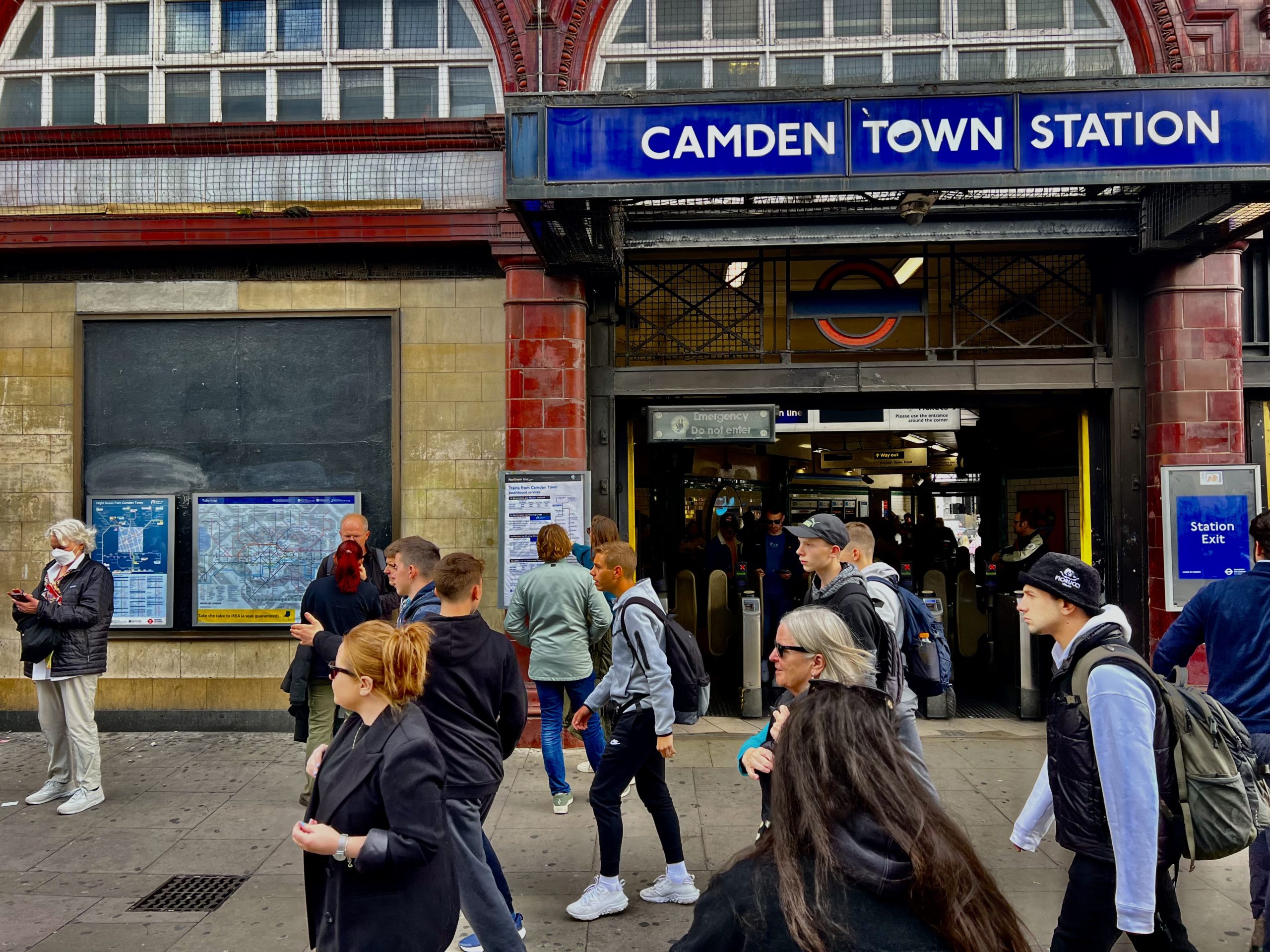


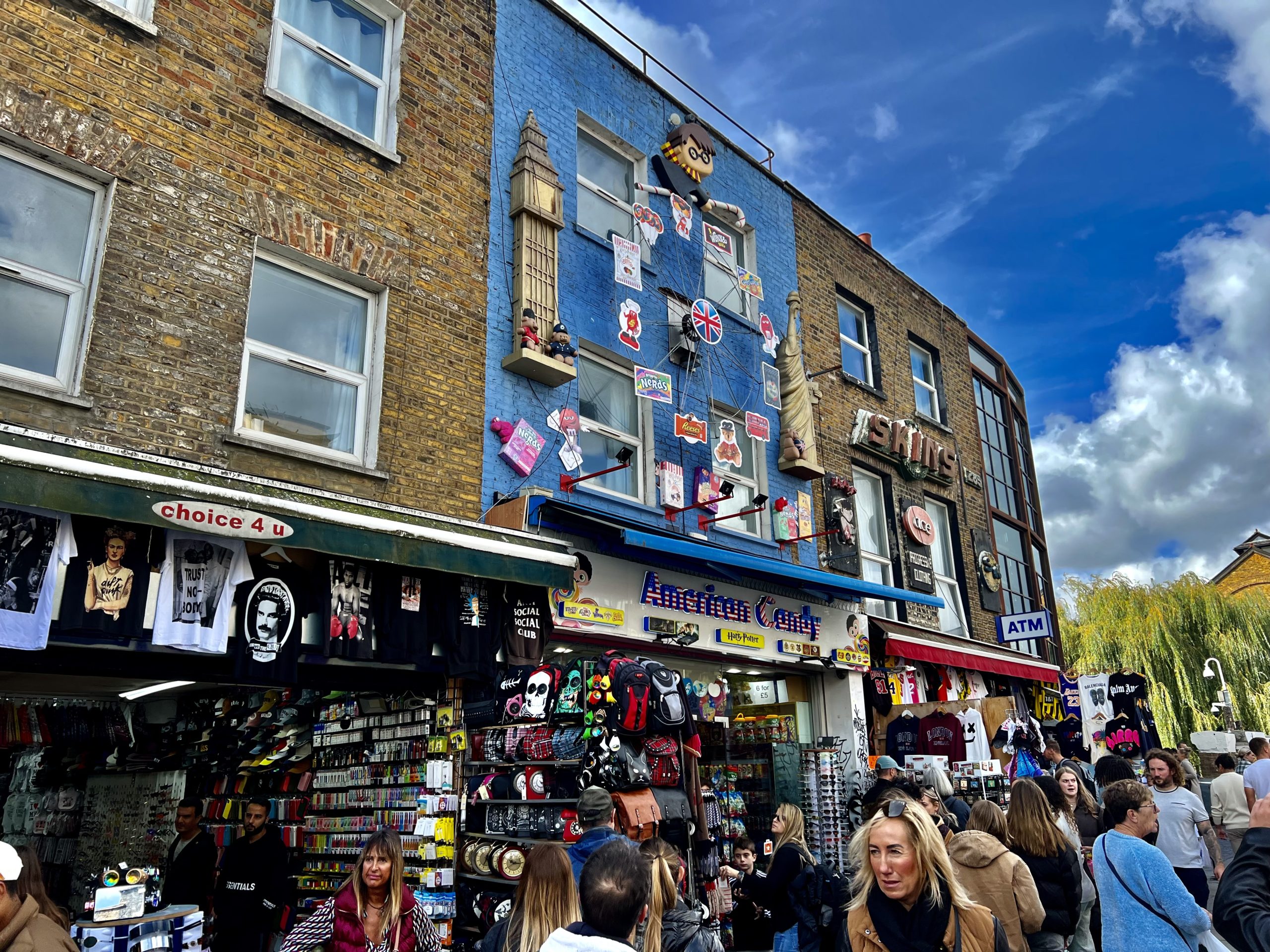

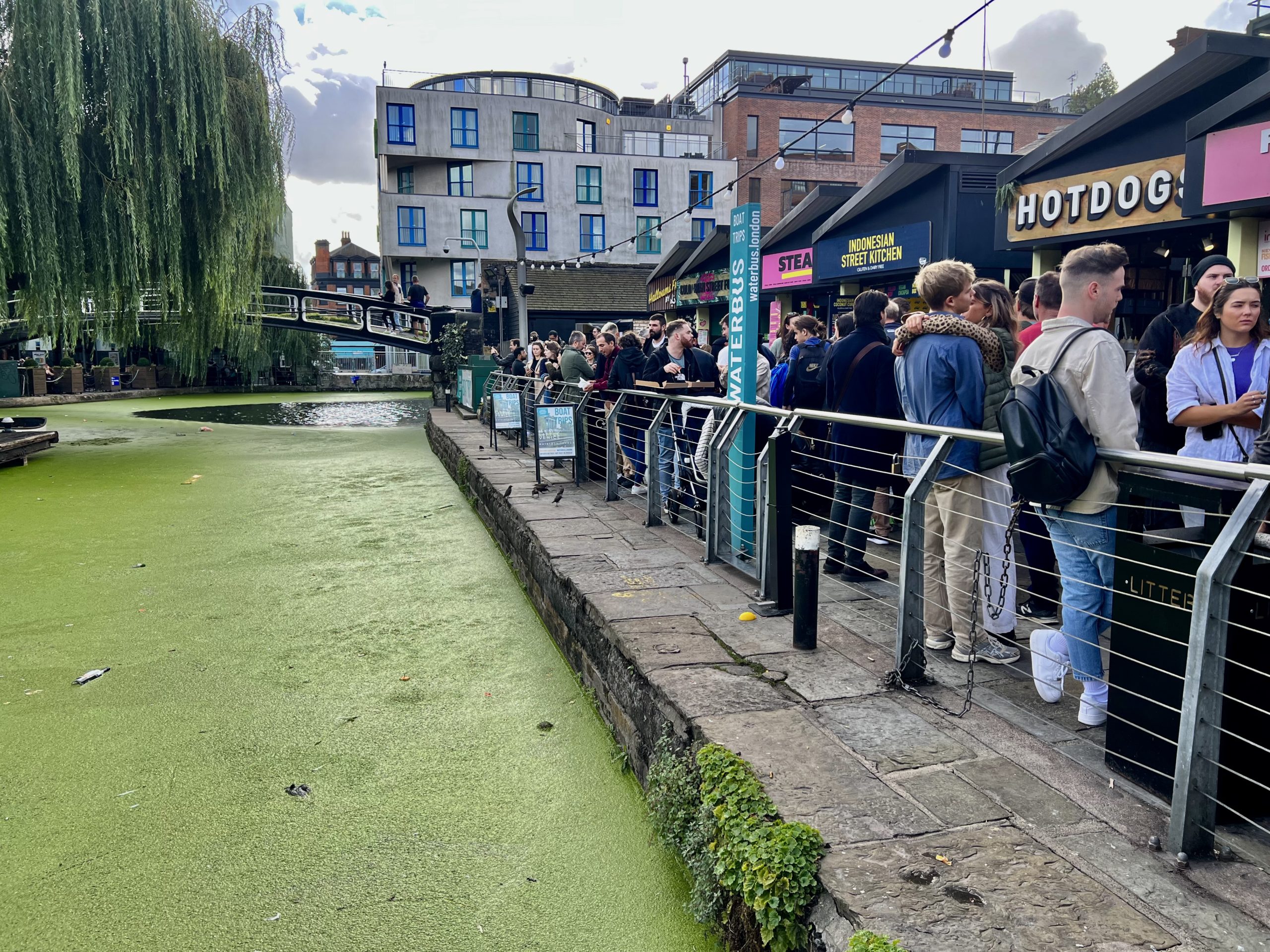




The Regent’s Park
One of the many Royal Parks in London. It is large—410 acres. We entered at St. Mark’s Bridge near the zoo and made our way across the park via Queen Mary’s Gardens. Bonnie was delighted to see these gardens were filled with masses of roses, still blooming in October. John Nash, who designed St. James’s Park, also designed Regent’s Park. Some very nice private residences are contained within the park, including the home of the US ambassador. This came about as a way to raise funds to pay for the park. This might sound familiar to those who know the recent history of San Francisco’s Presidio. Robert was again impressed with the very broad walking paths (once used for carriages?) and the mature trees that define the walks and embrace the large lawned areas. (Charles: enormous tents were being set up for the Freize London art show in two weeks.)

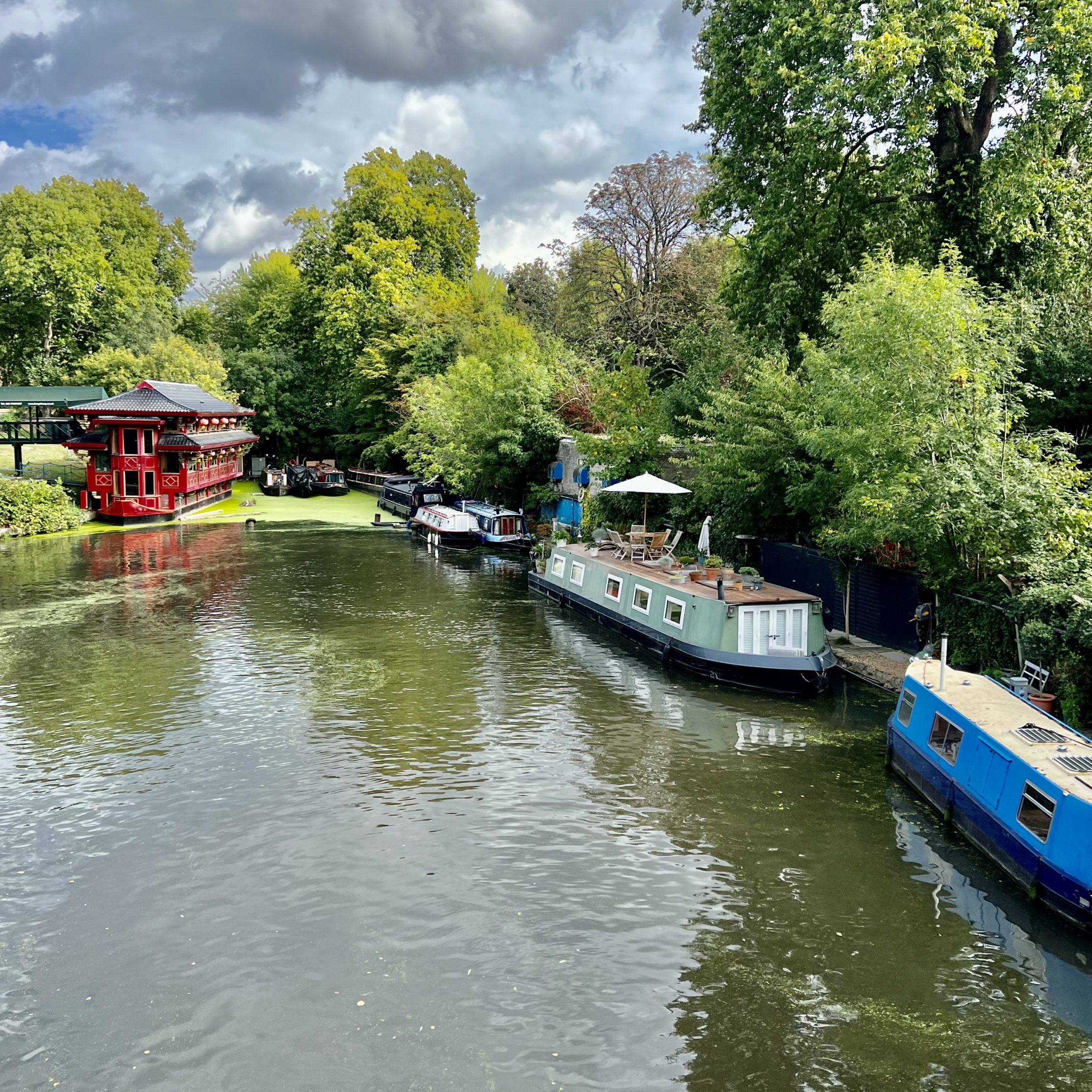

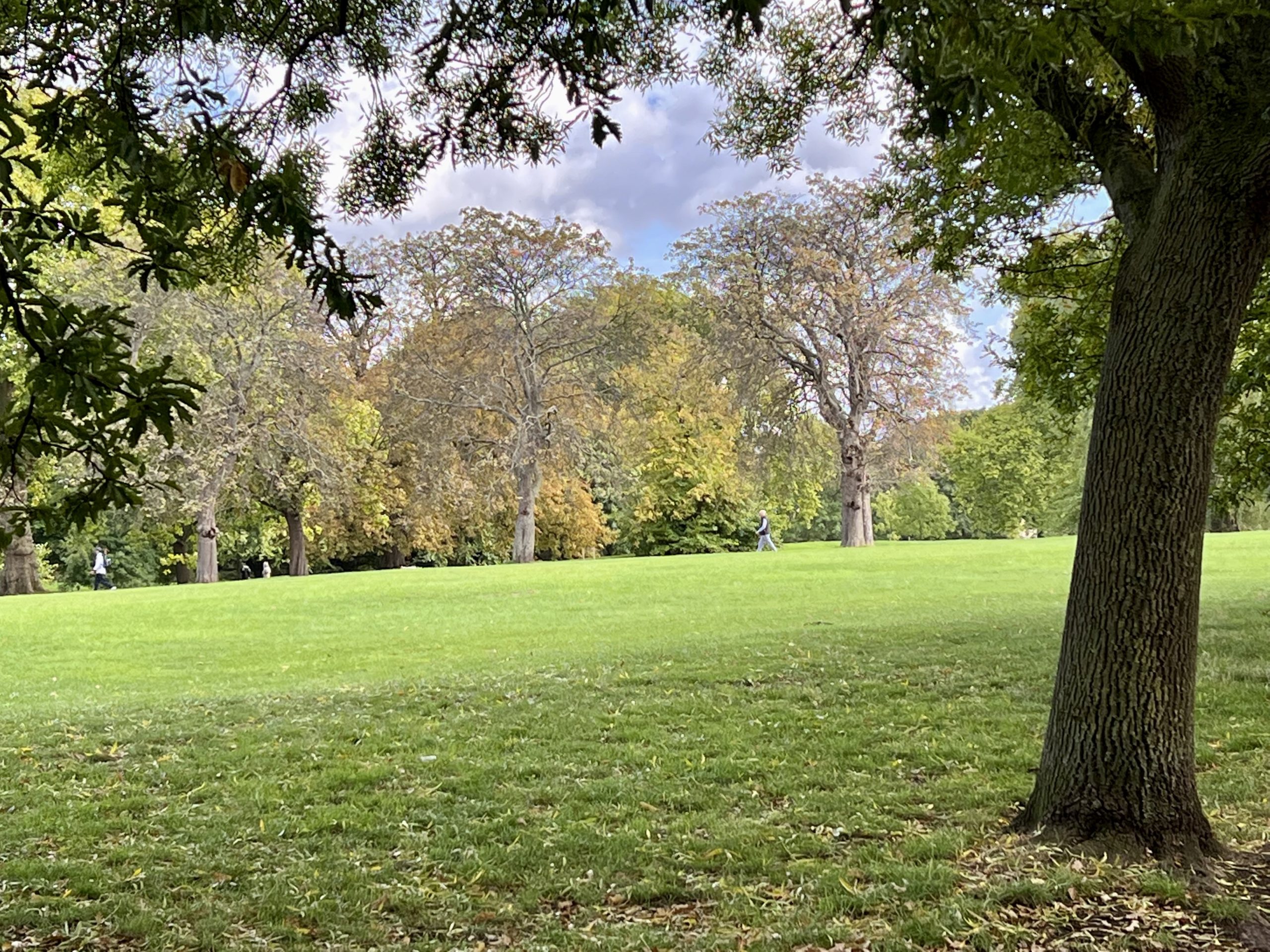


Queen Mary’s Garden


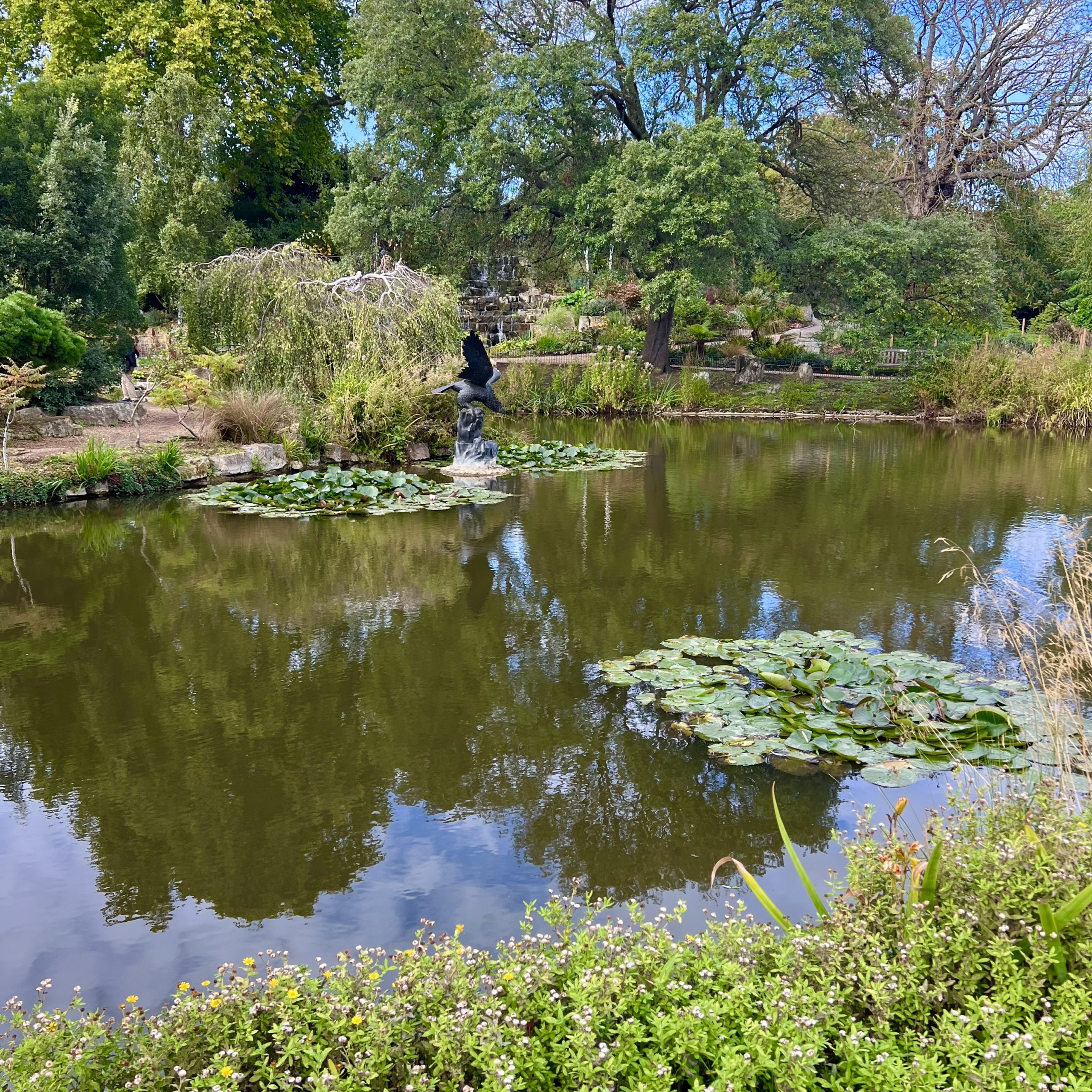

St. James’s Park
Yet another park! This one smaller, only 57 acres, but it has a good neighbor—Buckingham Palace. Henry VIII acquired the land from Eton College, and James I in 1603 had the marshes drained, landscaped, and filled with exotic animals. Several kings and redesigns later, the Prince Regent (later George IV) commissioned John Nash to redesign the park. Robert remembers from a landscape history class that John Nash placed islands at the ends of the lake to give the illusion that the waters continued on, imparting a greater visual scale to the view.







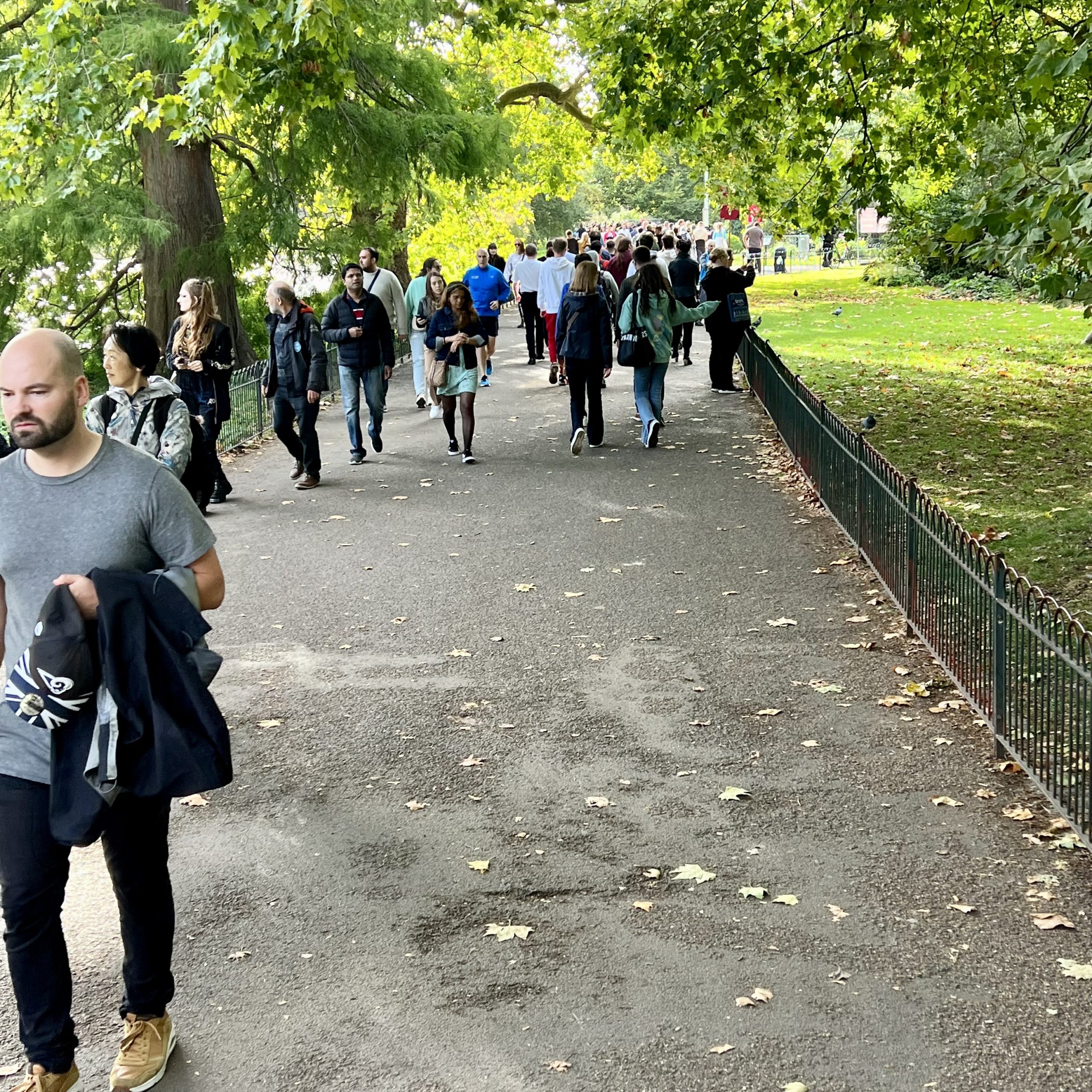
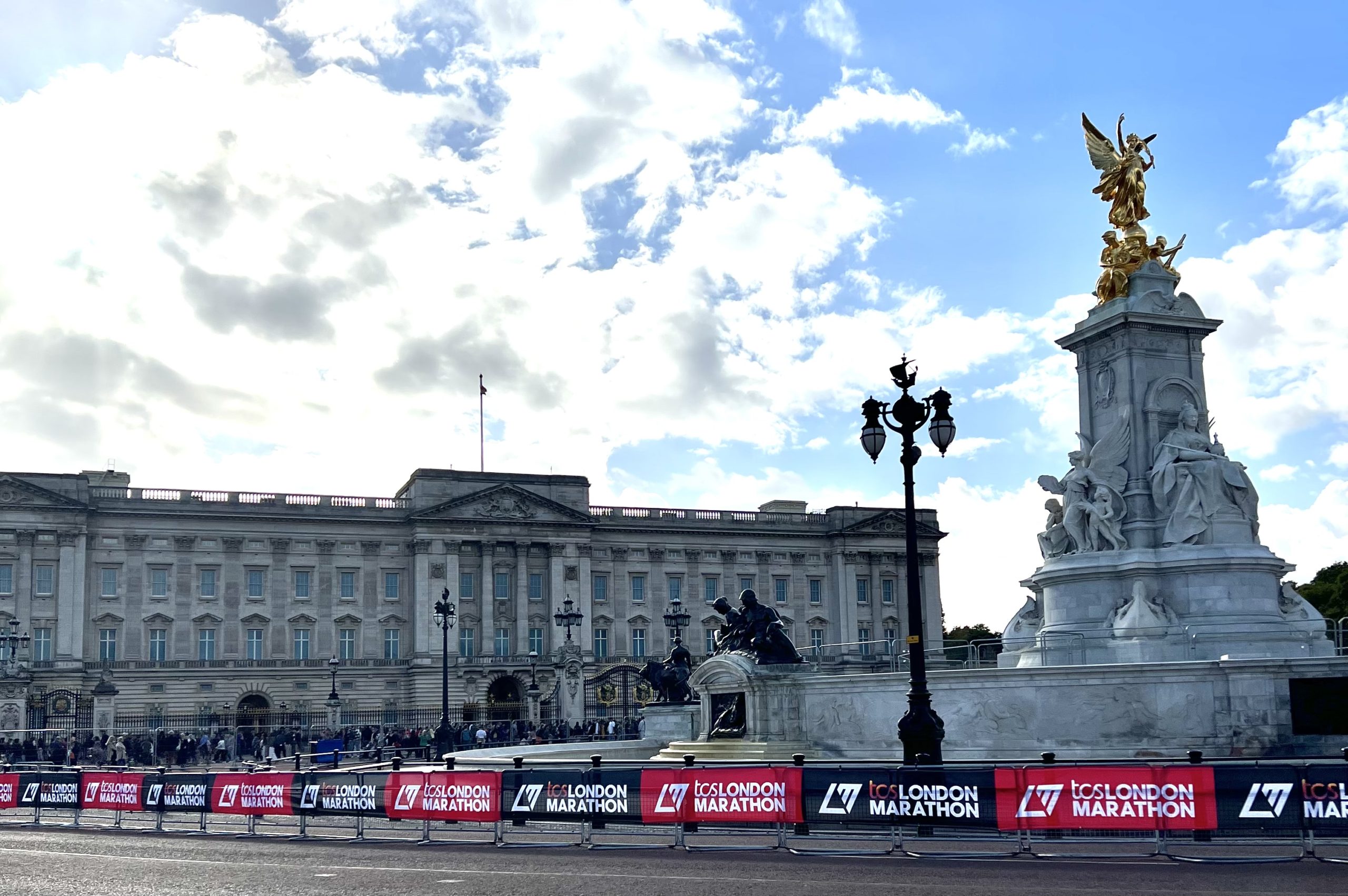




02 October 2022


And Now a Rant on Laundry
Doing laundry here is different than in the US. First, the washer and dryer are combined. Second, the Gentle Dry setting doesn’t really work for us. The clothes come out damp. So what should be a two- to three-hour effort stretches out endlessly because you need to hang your clothes on a drying rack in the living room. In this cool climate, it takes about two days to get one load done.

British Art Fair at the Saatchi Gallery
On Sunday Bonnie aimed us toward the Saatchi Gallery in Chelsea. Saatchi is a global leader in contemporary art and has almost defined everything important about British art since the 1980s. But we were not sure what to expect at the gallery. By chance, the gallery was holding the four-day British Art Fair that hosted more than sixty galleries from throughout England, each displaying a variety of works for sale. The galleries were showing art in a wide range of styles, periods, and prices! A fabulous collection. We saw Henry Moore prints and a few Peter Blake (Beatles) posters. We later learned that Silvia and Jonny were there too and made a purchase of digital art. Missed them by a few hours.









Chelsea Embankment
We are now in Ellin Klor territory. She likes to stay in Chelsea when in London. We have a suspicion it has to do with the many shops in the area as well as the delightful walk along the Thames River.




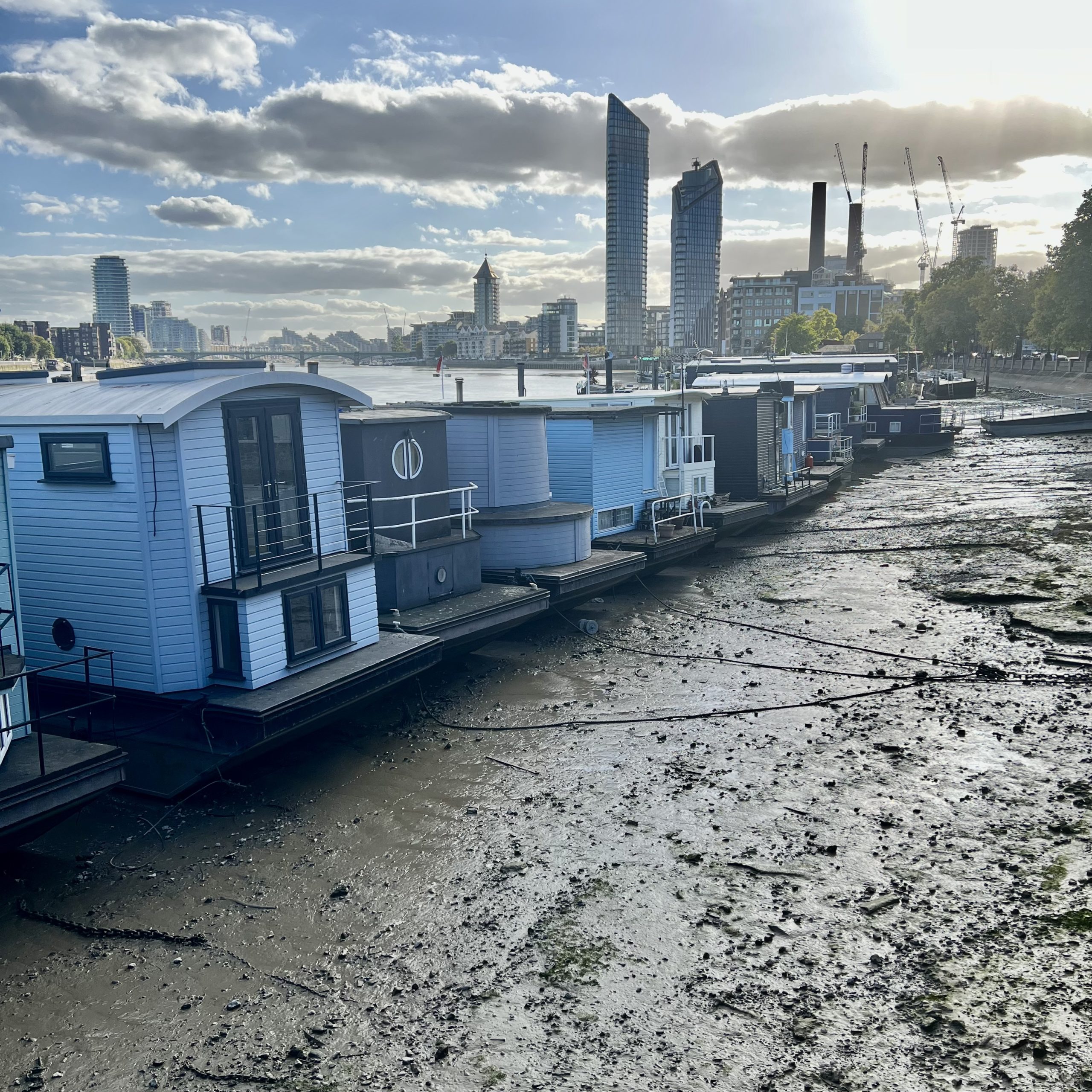

Eating and Drinking





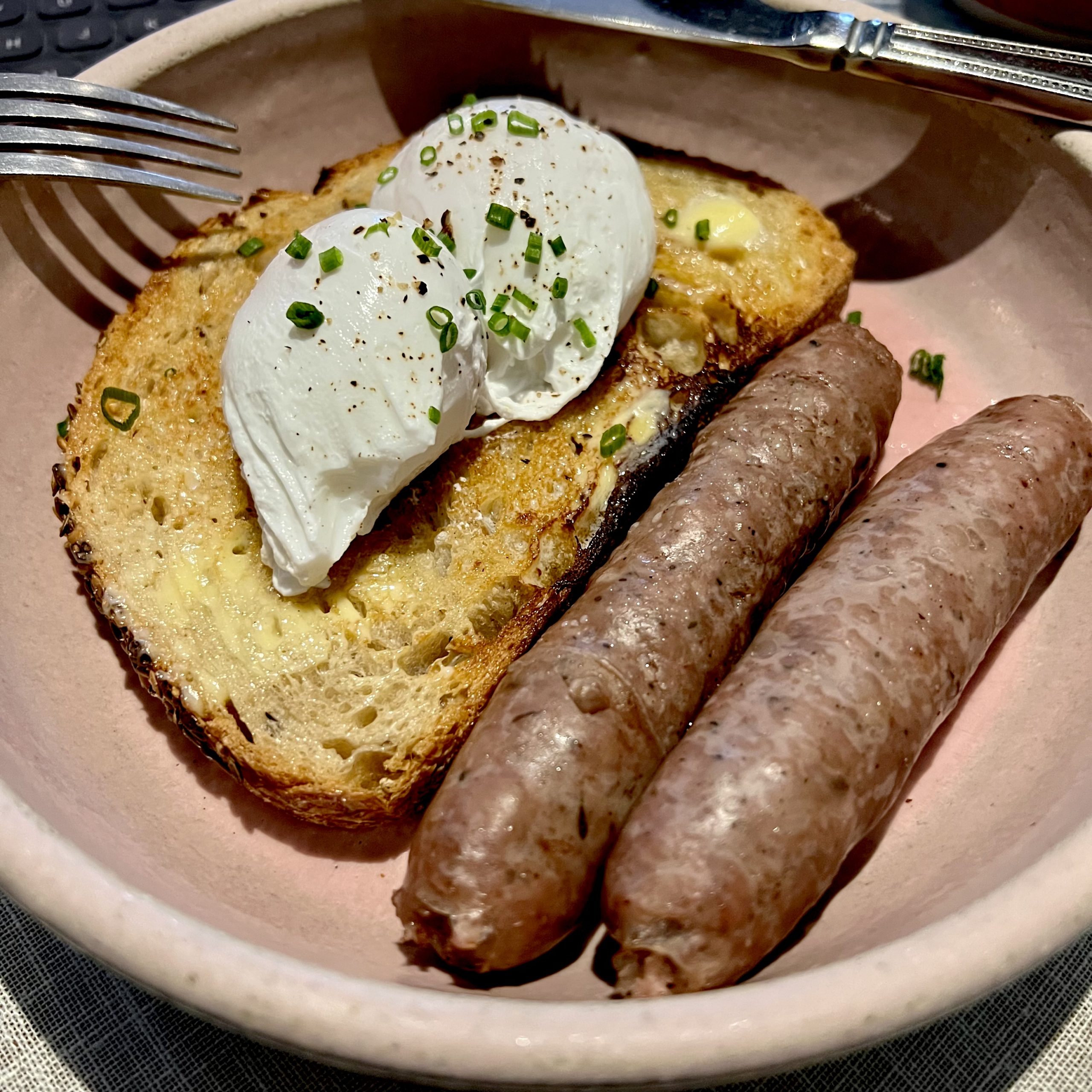












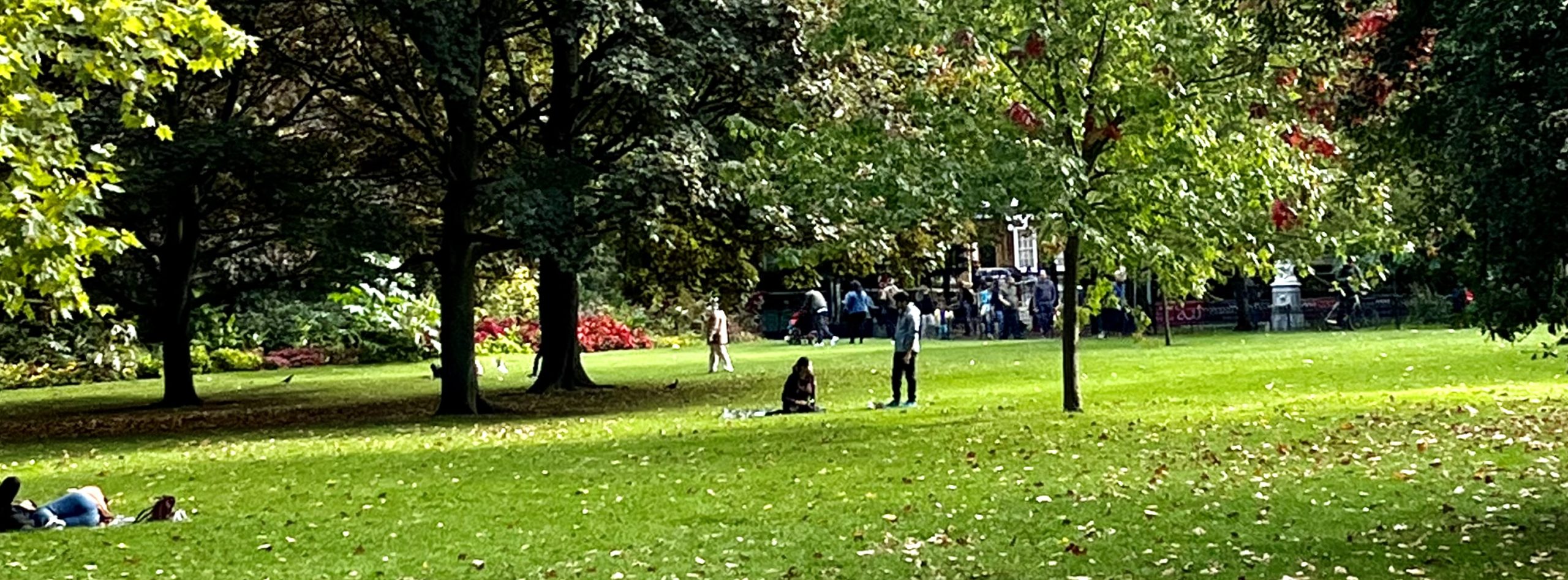
Great pics of you and Bonnie at The Ivy…especially Bonnie.
Thanks!
Especially Bonnie!